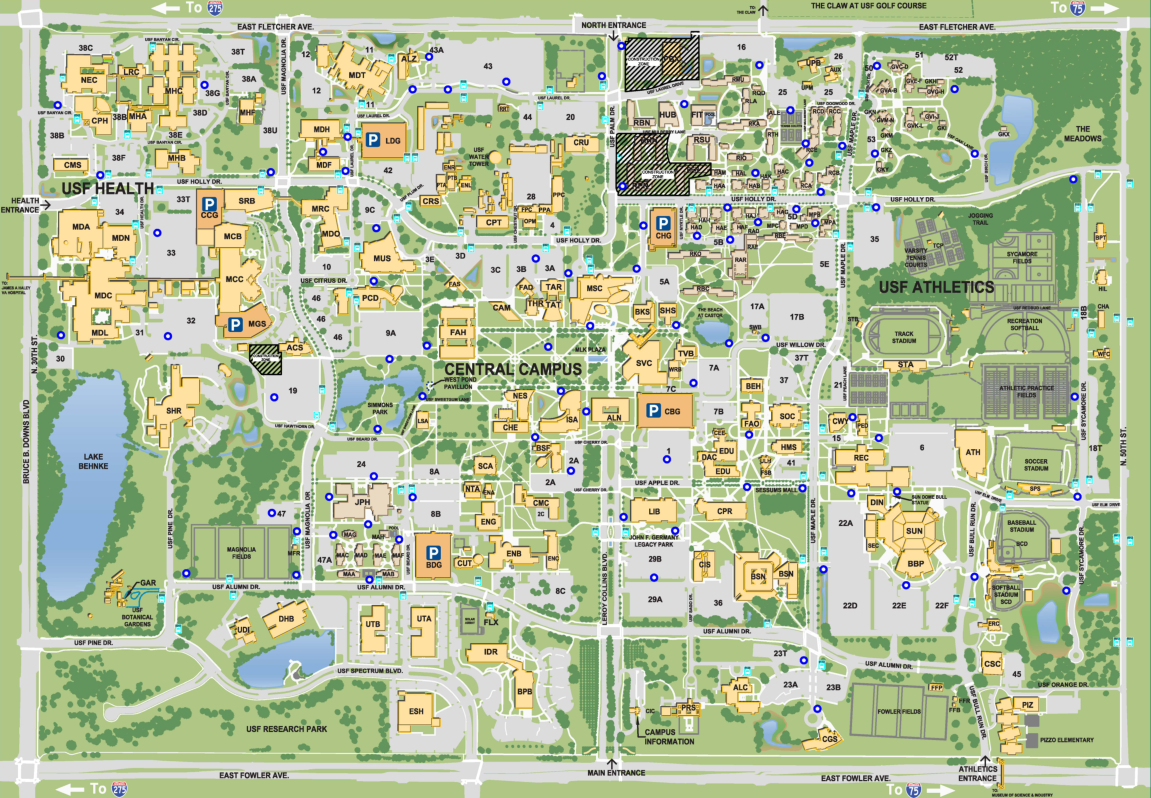

If we look at a human, its appearance is mostly determined by everything we can directly see (skin, hair, cloth, etc.). All these applications benefit from realistic virtual representations of human. In addition, they are employed in a rapidly growing number of applications in virtual reality (VR) and augmented reality (AR), even ranging to computational medicine. They can be found in movies, computer games, and commercials. Virtual humans are present in our everyday lives. Our model can be used for physical simulation, statistical analysis, and anatomical visualization in computer animation and medical applications, which we demonstrate on several examples.

We also show how to efficiently embed fine-scale anatomical details, such as high resolution skeleton and muscle models, into the layered fit of a person. Our approach includes a data-driven method for estimating the amount of muscle mass and fat mass from a surface scan, which provides more accurate fits to the variety of human body shapes compared to previous approaches.

The body model is composed of three surface layers for bones, muscles, and skin, which enclose the volumetric muscle and fat tissue in between them. In this paper we present a novel approach for creating a volumetric body template and for fitting this template to the surface scan of a person in a just a few seconds. However, these models typically focus on the surface of the human body, since the acquisition of the volumetric interior would require prohibitive medical imaging.


 0 kommentar(er)
0 kommentar(er)
